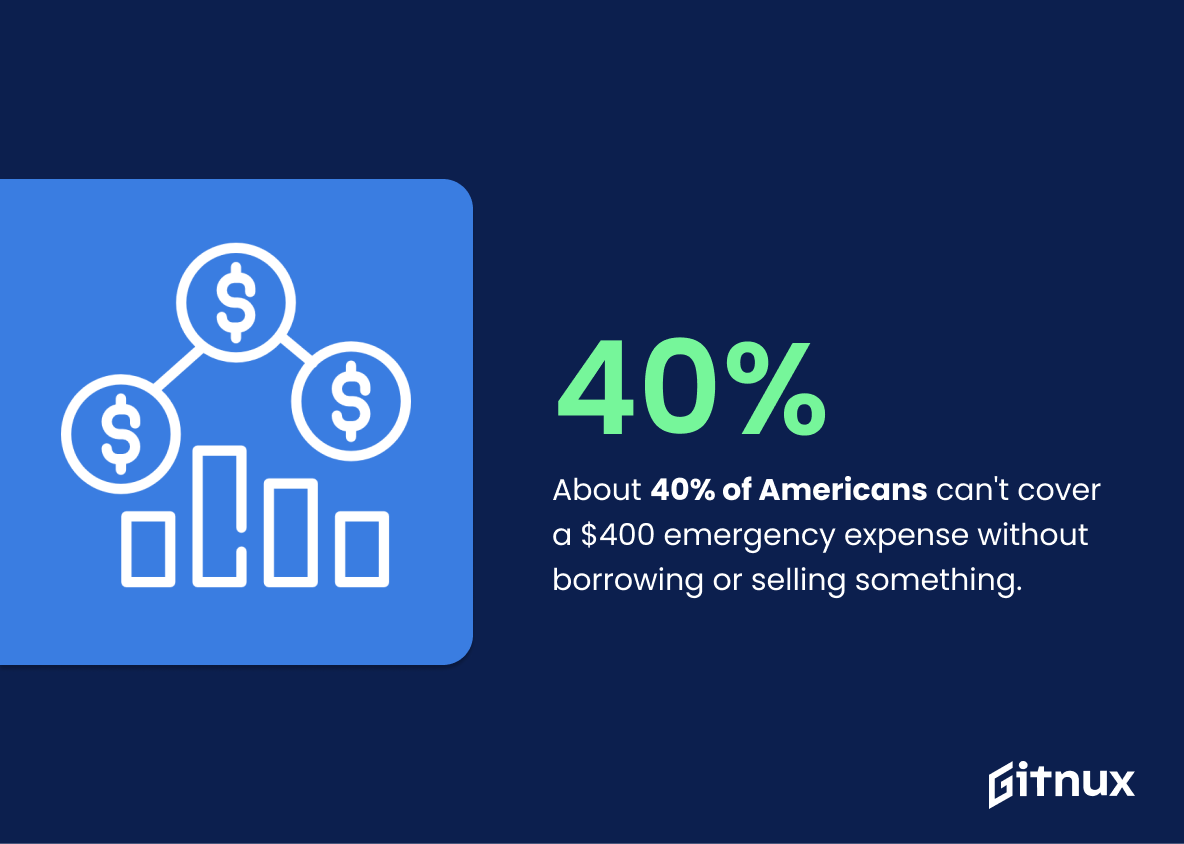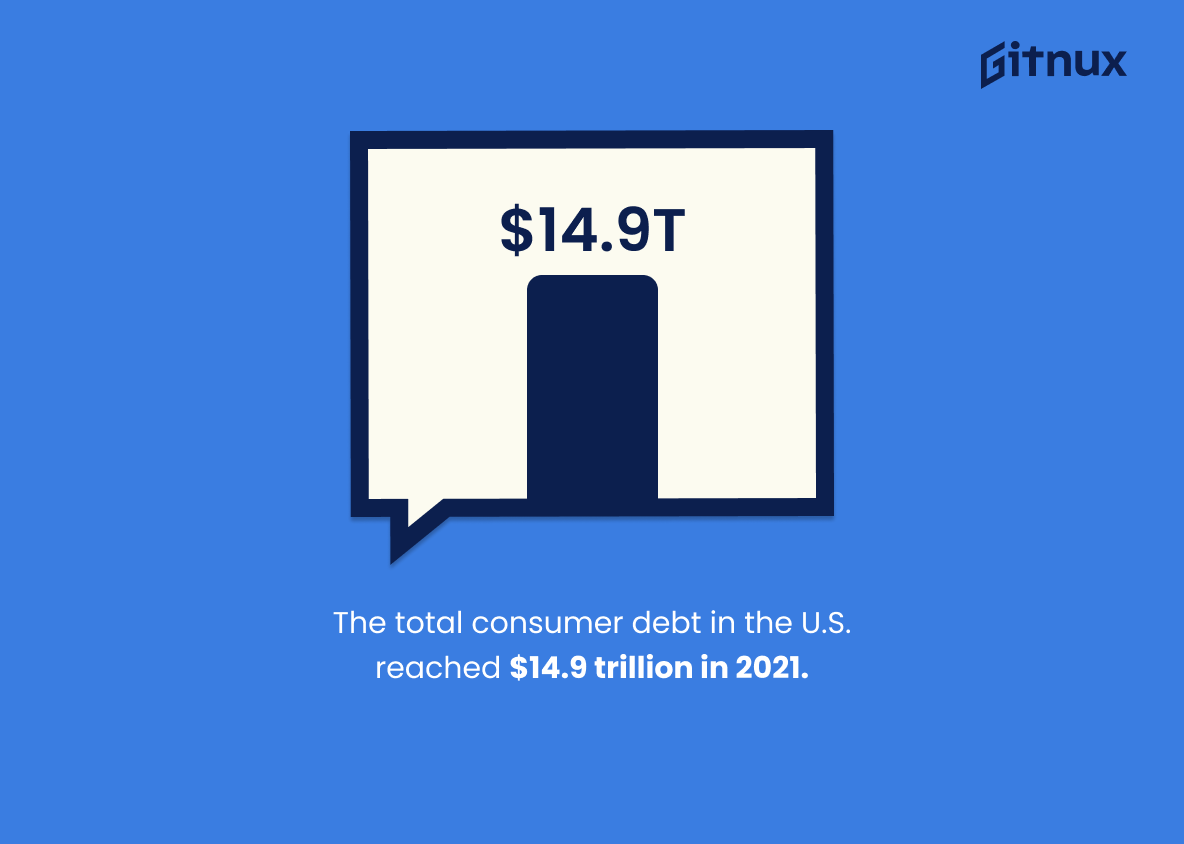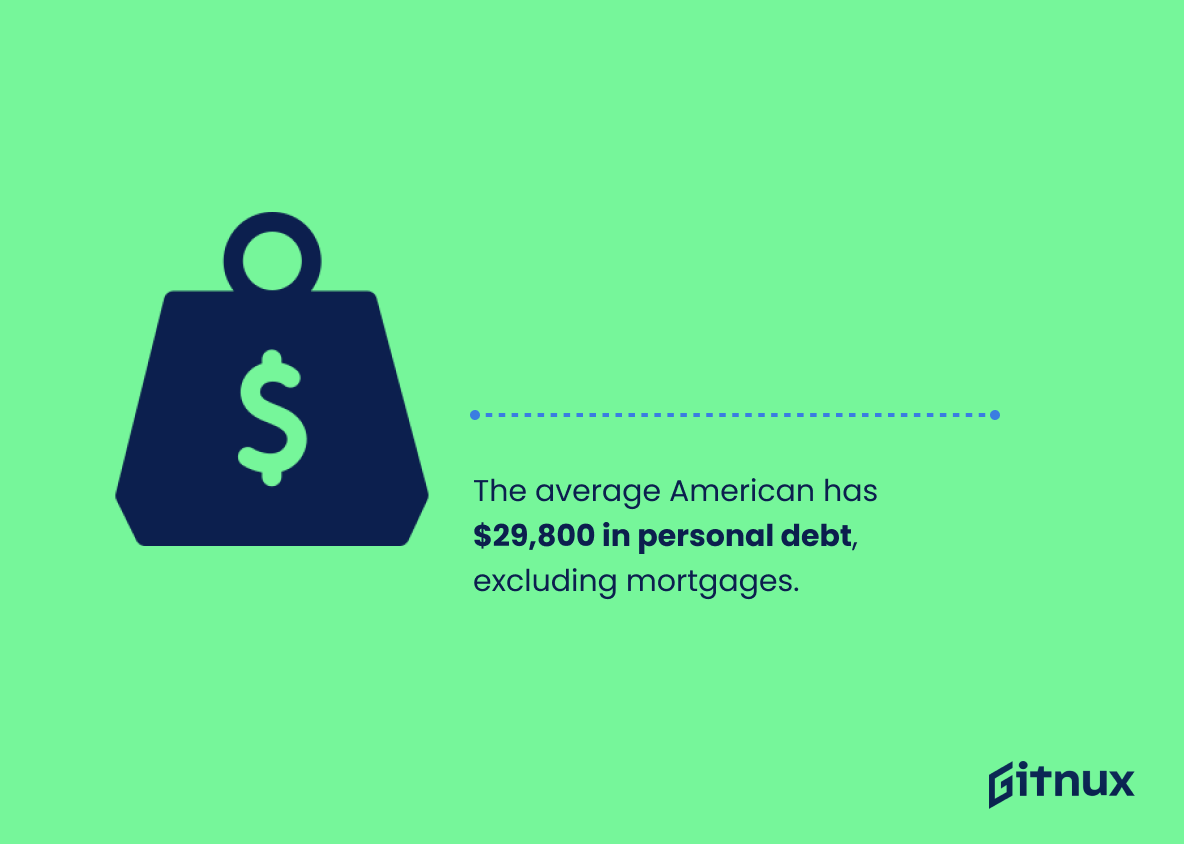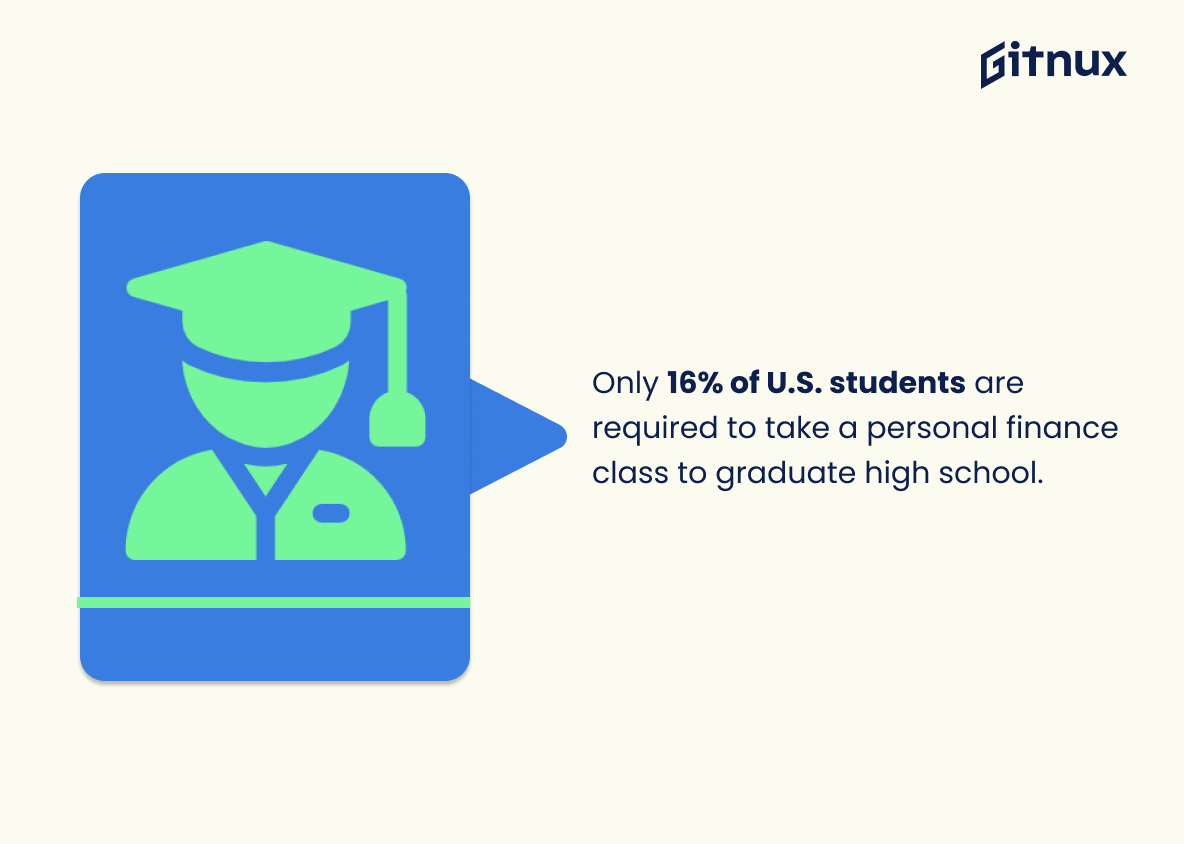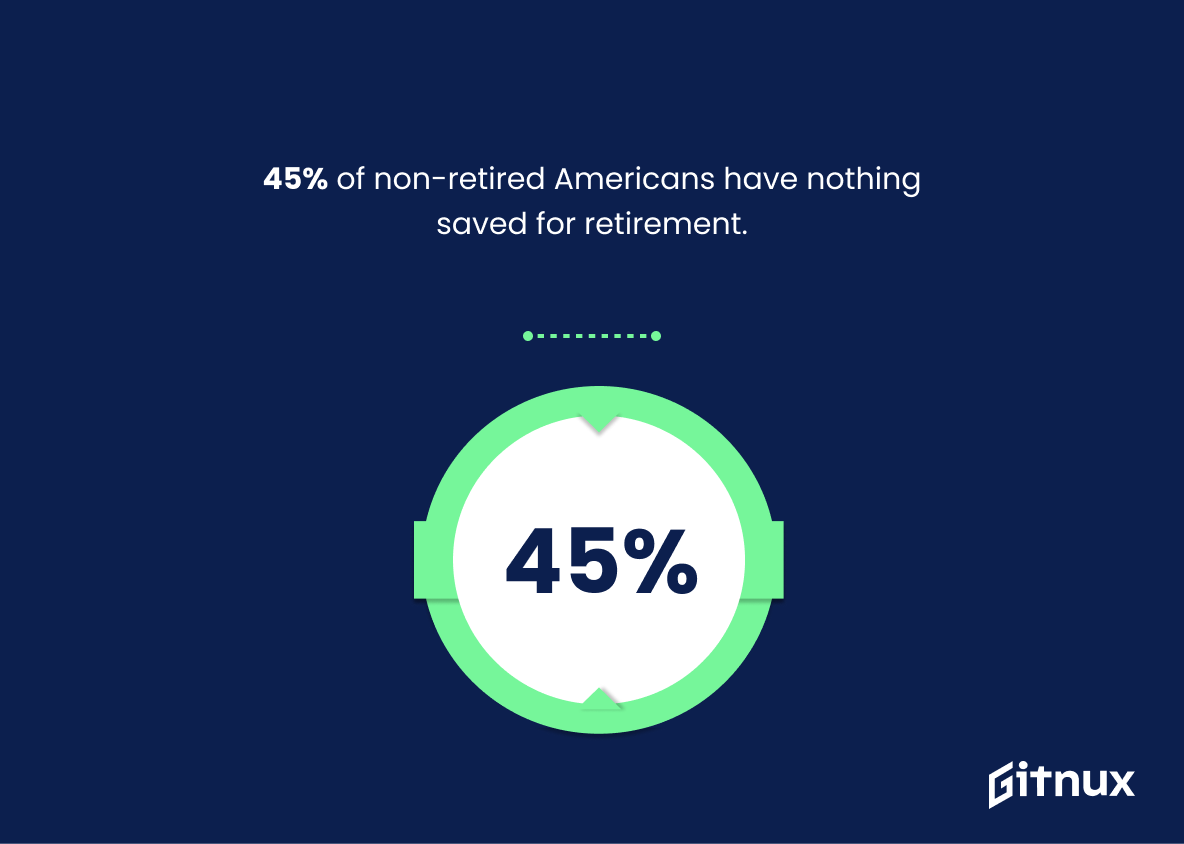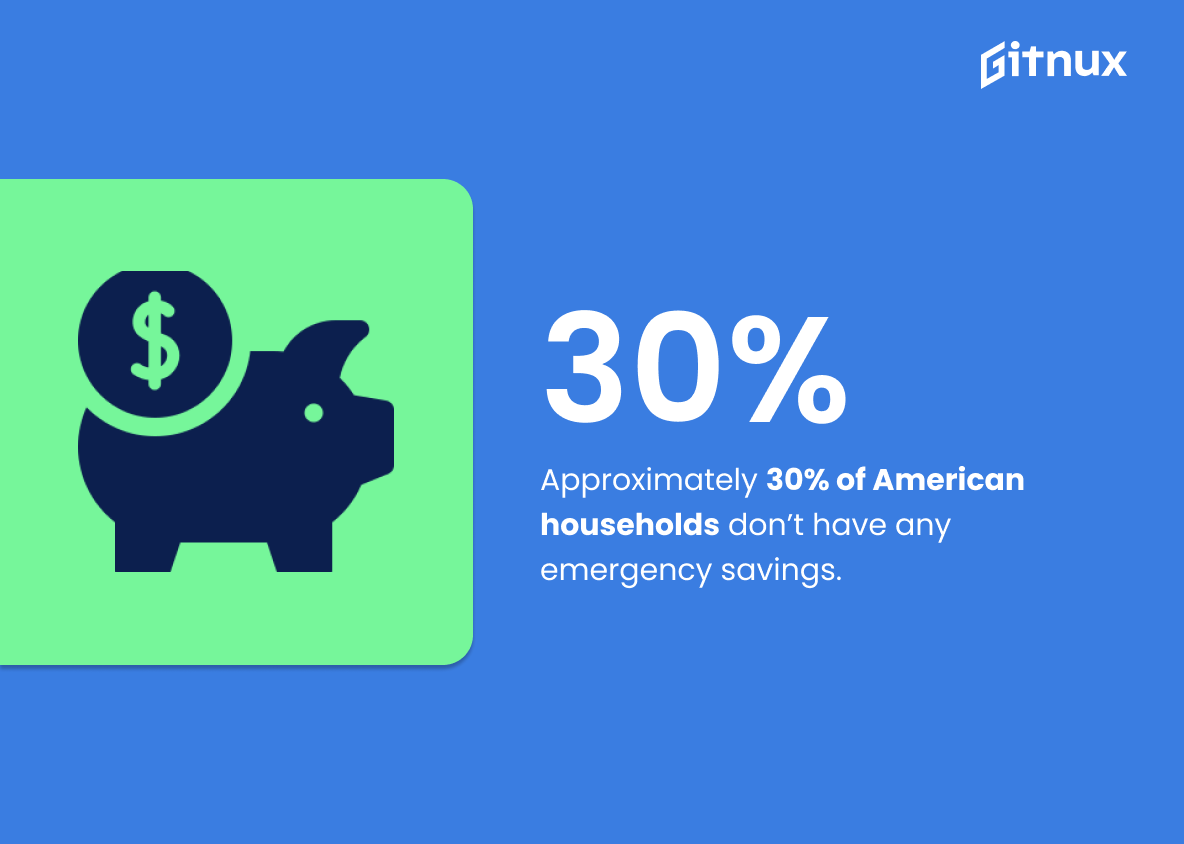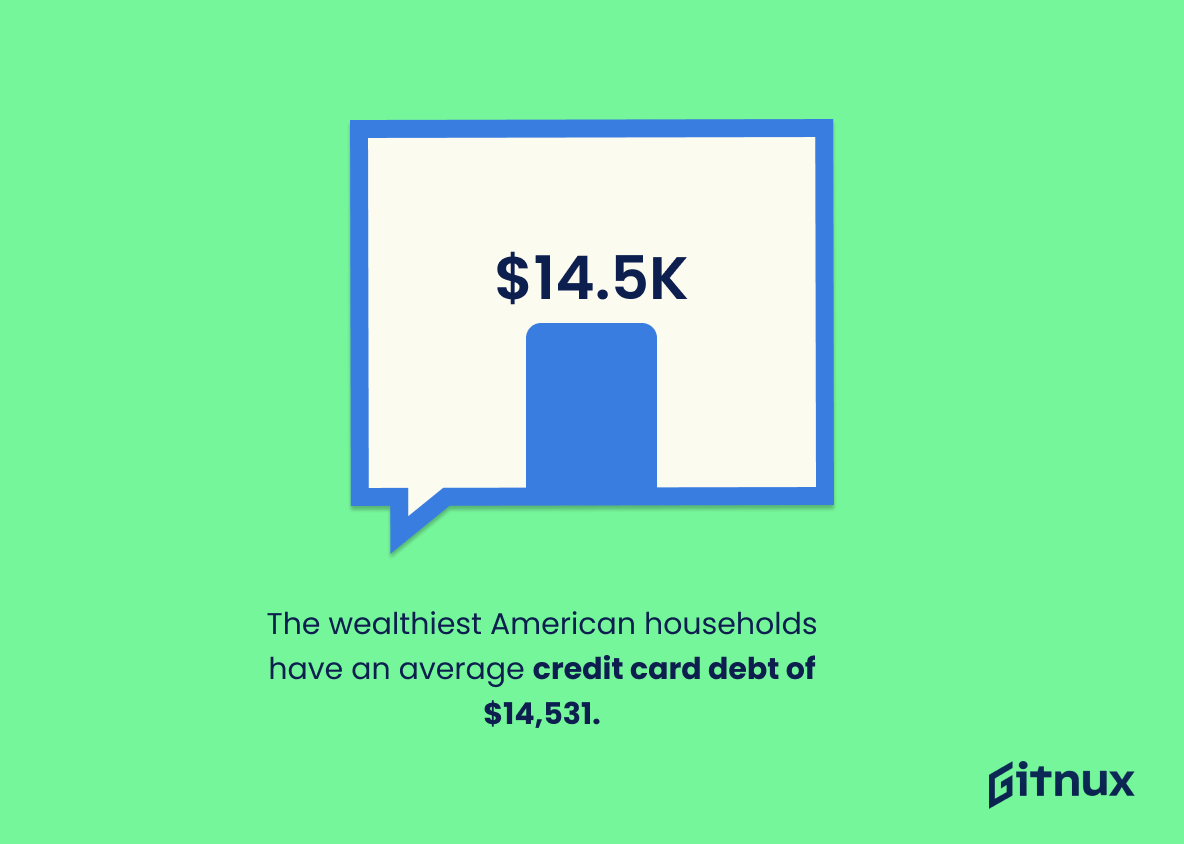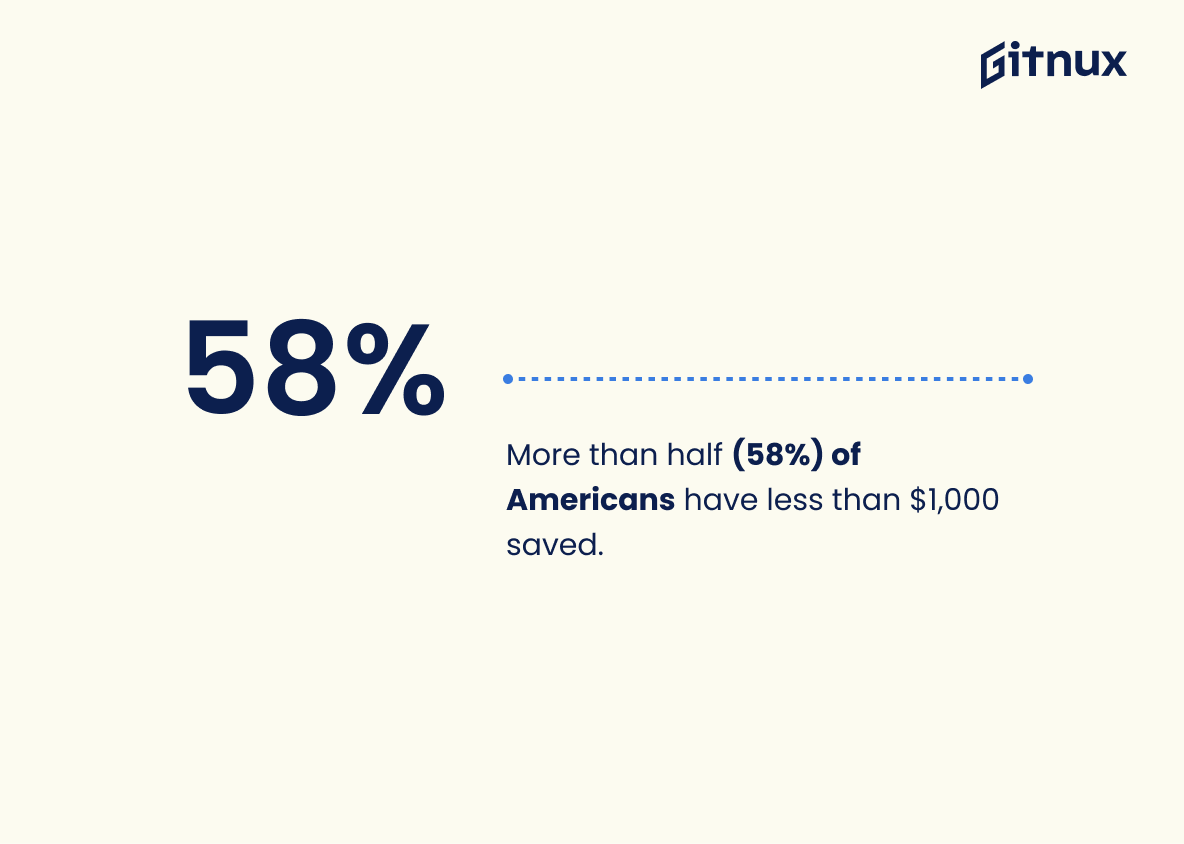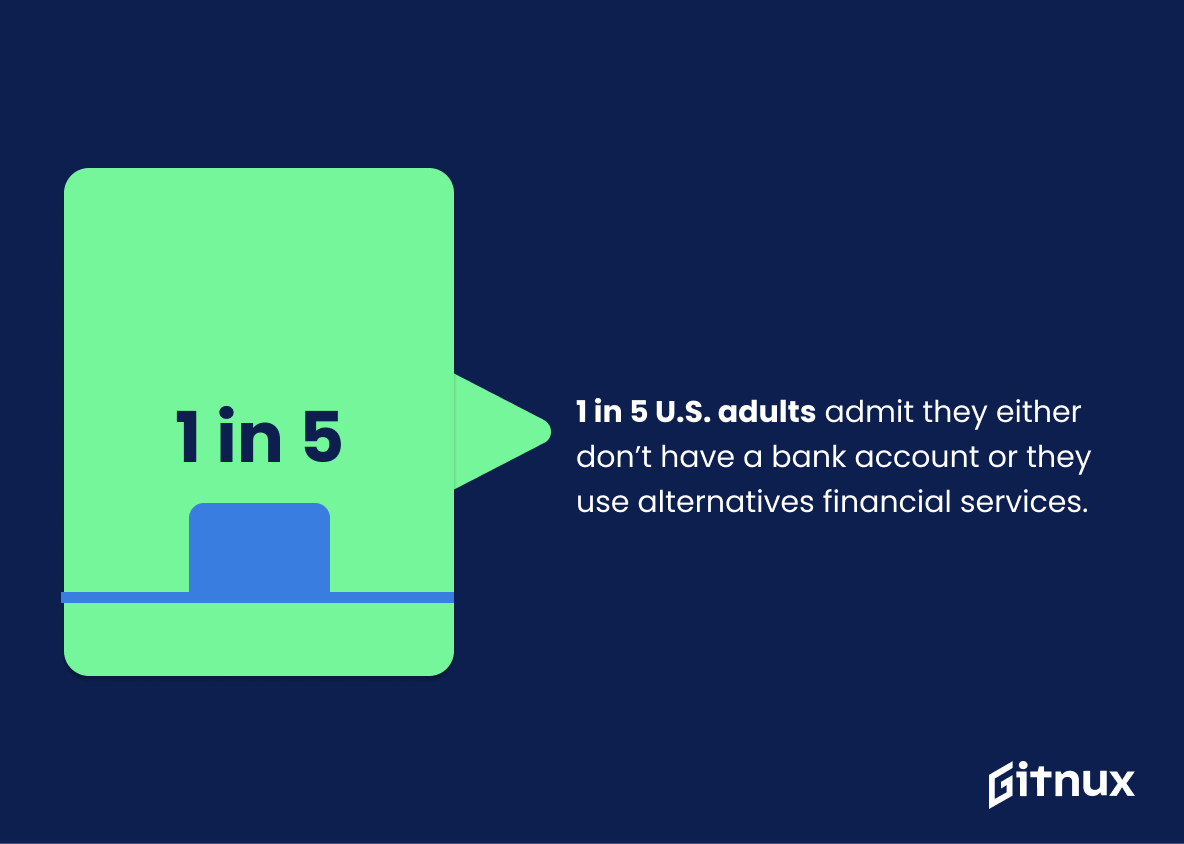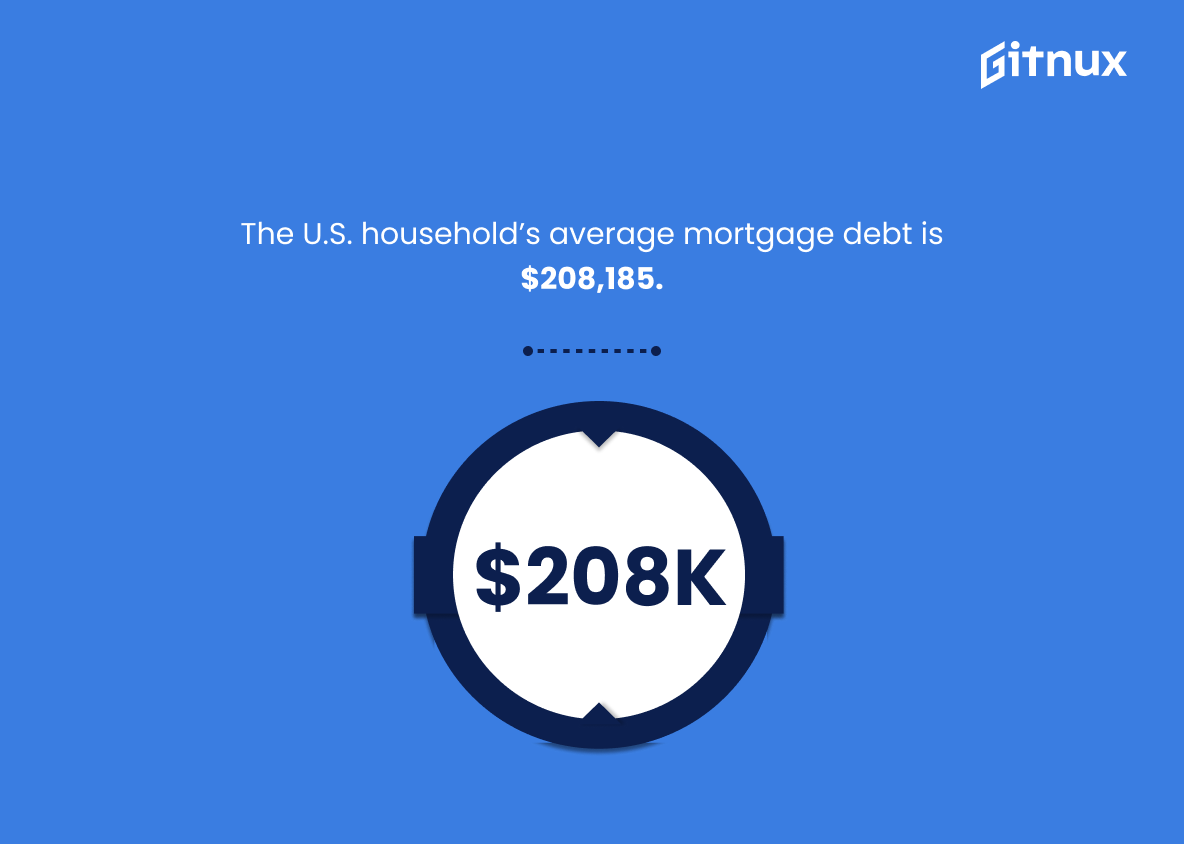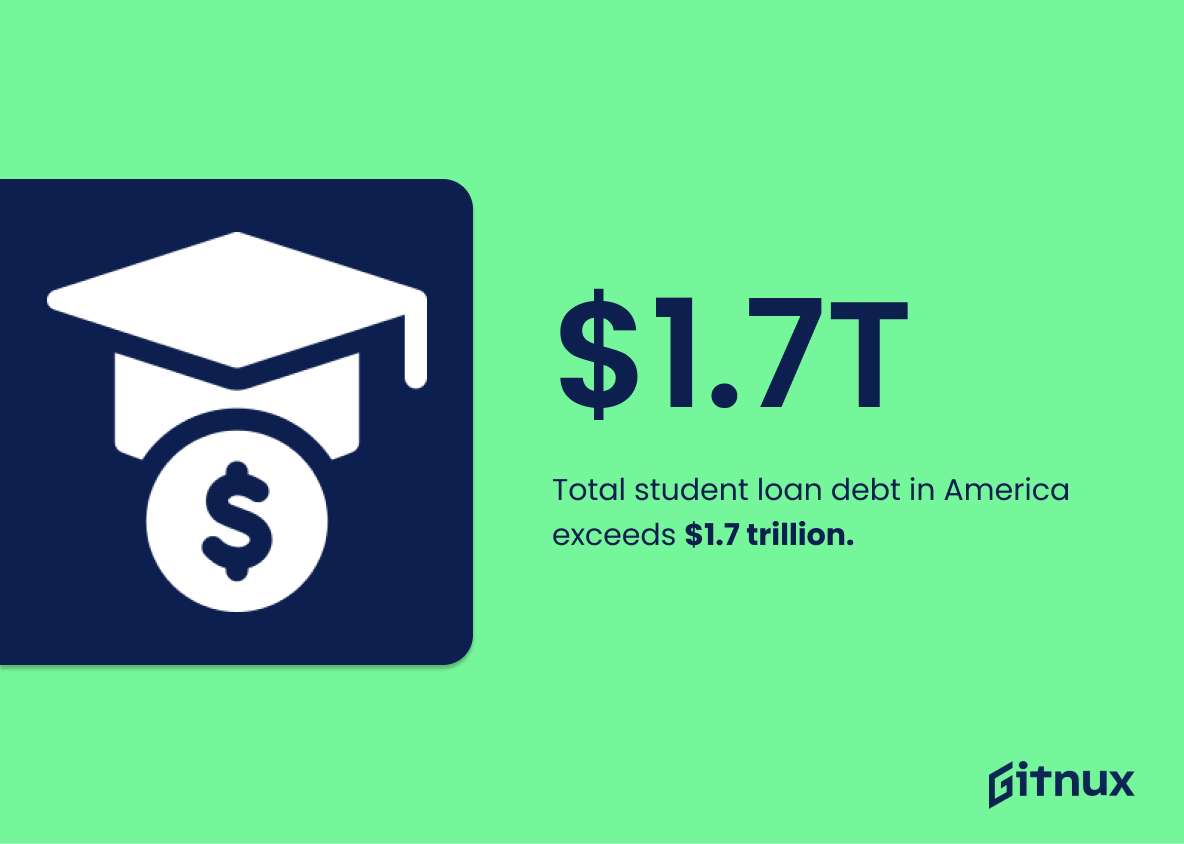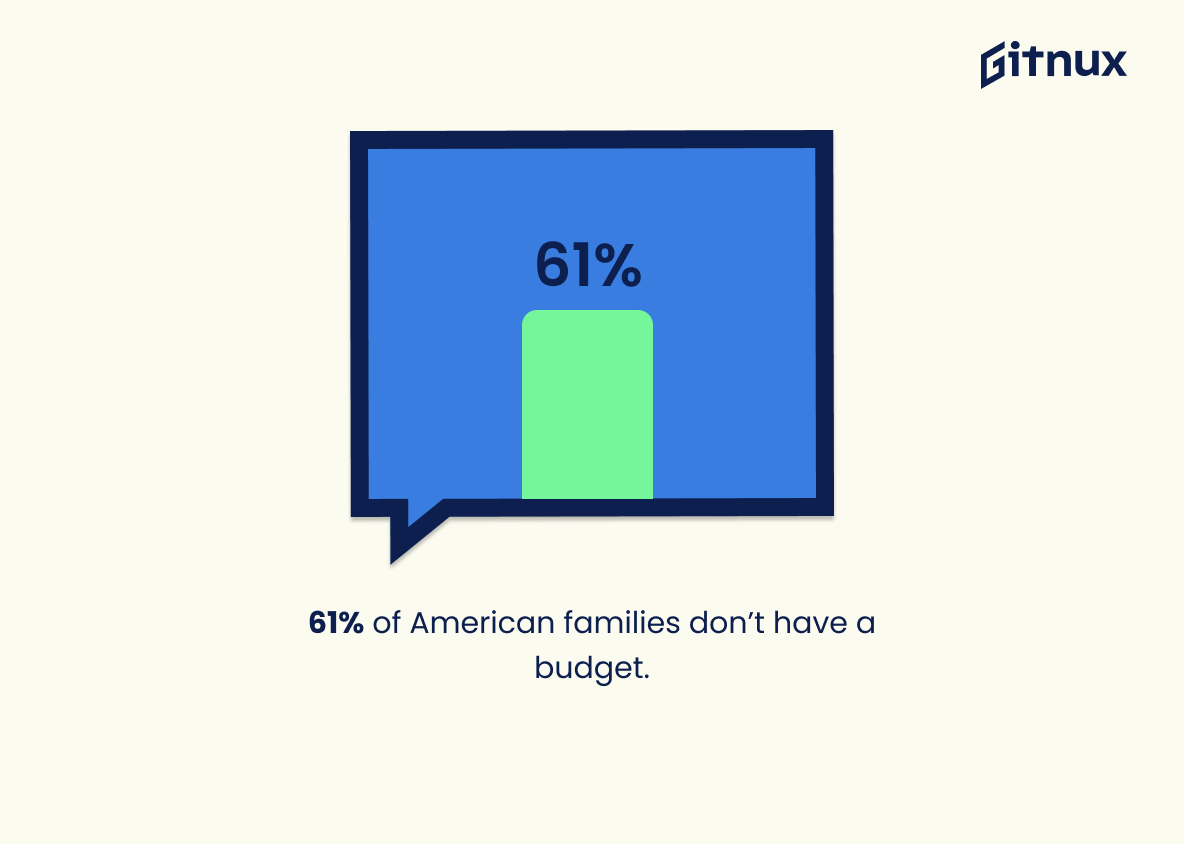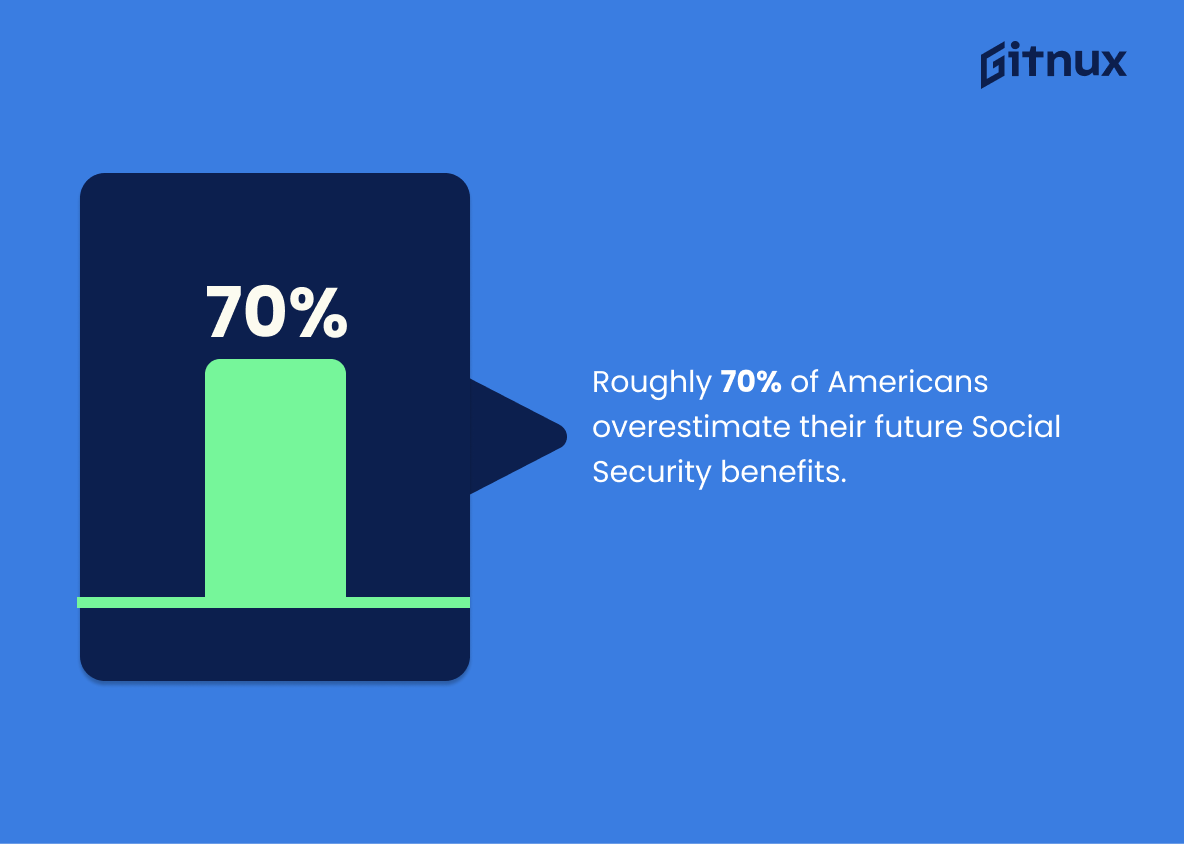The American financial landscape is a complex one, with many different statistics that can be used to measure the state of our economy. From credit card debt and student loan debt to retirement savings and poverty rates, there are numerous factors at play when it comes to understanding how Americans manage their finances. In this blog post, we will take a look at 20 key financial statistics about the United States in 2021.
We’ll explore topics such as average household debt levels, emergency savings habits, personal finance education requirements for high school students, Social Security benefits expectations versus reality and more. Let’s dive into these numbers so you can get an up-to-date picture of where America stands financially today.
This statistic serves as a stark reminder of the financial burden that many American households are facing. It highlights the need for individuals to be mindful of their spending habits and to take steps to reduce their credit card debt. It also serves as a warning to those who are considering taking on more debt, as it demonstrates the potential consequences of doing so. Ultimately, this statistic is a powerful illustration of the financial struggles that many Americans are facing.
80% of American workers live paycheck to paycheck.
This statistic is a stark reminder of the financial struggles that many American workers face. It highlights the need for better financial literacy and access to resources that can help people manage their money more effectively. It also serves as a call to action for policy makers to create more opportunities for people to build wealth and security.
American Financial Statistics Overview
About 40% of Americans either couldn’t pay a $400 emergency expense or would have to borrow money or sell something to cover it.
This statistic is a stark reminder of the financial fragility of many Americans. It highlights the fact that a large portion of the population is unable to cover an unexpected expense of just $400 without having to resort to borrowing money or selling something. This paints a worrying picture of the financial security of many Americans and serves as a reminder of the importance of financial planning and budgeting.
The total consumer debt in the U.S. reached $14.9 trillion in 2021.
This statistic is a stark reminder of the financial burden that many Americans are facing. It highlights the need for individuals to take control of their finances and make sound financial decisions. It also serves as a warning to those who are considering taking on more debt, as it shows the potential consequences of doing so. Furthermore, it serves as a reminder of the importance of financial literacy and the need for individuals to be aware of their financial situation.
The average American has $29,800 in personal debt, excluding mortgages.
This statistic serves as a stark reminder of the financial burden that many Americans face. It highlights the fact that, despite the economic growth of the country, many individuals are still struggling to make ends meet and are weighed down by debt. This statistic is an important part of the overall picture of American financial statistics, and it is essential to understand the full scope of the financial situation in the United States.
Only 16% of U.S. students are required to take a personal finance class to graduate high school.
This statistic is a stark reminder of the lack of financial literacy among American youth. With only 16% of students required to take a personal finance class to graduate high school, it is clear that the majority of young people are not receiving the education they need to make sound financial decisions. This lack of knowledge can have serious consequences, as it can lead to poor money management and even financial ruin. This statistic is a call to action for educators and policymakers to ensure that all students have access to the financial education they need to make informed decisions about their financial future.
45% of non-retired Americans have nothing saved for retirement.
This statistic is a stark reminder of the financial insecurity that many Americans face when it comes to retirement. It highlights the need for individuals to take proactive steps to ensure that they are saving for their future, and it serves as a warning to those who may not be taking their retirement planning seriously. It is a sobering reminder of the importance of financial planning and the need to make sure that retirement savings are a priority.
Approximately 30% of American households don’t have any emergency savings.
This statistic is a stark reminder of the financial fragility of many American households. It highlights the need for individuals and families to have a plan in place for unexpected expenses, as well as the importance of having a financial safety net. It also serves as a reminder of the importance of financial literacy and the need for more resources to help people build their financial security.
American households with the highest income owe an average of $14,531 in credit card debt.
This statistic serves as a stark reminder of the financial struggles that many American households face, particularly those with the highest incomes. It highlights the fact that even those with the most resources are not immune to the burden of credit card debt, and that it is an issue that affects people of all economic backgrounds. This statistic is an important part of the overall picture of American financial statistics, and it is essential to understanding the full scope of the financial challenges that many Americans face.
More than half (58%) of Americans have less than $1,000 saved.
This statistic is a stark reminder of the financial struggles many Americans face. It highlights the need for individuals to take control of their finances and start saving for the future. It also serves as a warning that without proper planning, many Americans may not have enough money saved to cover unexpected expenses or to retire comfortably. This statistic is an important reminder that financial security is not something to be taken for granted.
1 in 5 U.S. adults admit they either don’t have a bank account or they use alternatives financial services.
This statistic is a stark reminder of the financial disparities that exist in the United States. It highlights the fact that a significant portion of the population is unable to access the same financial services that many of us take for granted. This statistic is a call to action to ensure that everyone has access to the same financial opportunities.
The U.S. household’s average mortgage debt is $208,185.
This statistic is a telling indication of the financial burden that many American households are facing. It highlights the reality that many households are struggling to pay off their mortgages, and the amount of debt they are carrying is significant. This statistic is an important reminder of the financial challenges that many Americans are facing, and it serves as a reminder of the need for financial literacy and responsible financial management.
Total student loan debt in America exceeds $1.7 trillion.
This statistic is a stark reminder of the financial burden that many Americans are facing. It highlights the need for more accessible and affordable education options, as well as the need for better financial literacy and planning. It also serves as a warning to those considering taking out student loans, as the amount of debt can quickly become overwhelming. This statistic is a powerful reminder of the importance of making smart financial decisions.
61% of American families don’t have a budget.
This statistic is a stark reminder of the financial struggles that many American families face. It highlights the need for more education and resources to help families create and stick to a budget. It also serves as a call to action for individuals and organizations to work together to create more financial stability for families across the country.
33% of Americans have no money set aside for long-term care.
This statistic is a stark reminder of the financial fragility of many Americans. It highlights the need for individuals to plan ahead and save for their long-term care needs, as well as the need for government and private sector initiatives to help those who are unable to do so.
Approximately 70% of Americans believe they will receive a Social Security benefit that is higher than the actual amount they will receive.
This statistic is a stark reminder of the financial insecurity that many Americans face in their retirement years. It highlights the fact that a large portion of the population is expecting to receive a benefit that is not realistic, leaving them unprepared for the future. This statistic is a powerful indicator of the need for more financial education and planning in order to ensure that Americans are able to secure their financial future.
The average American’s retirement savings is $95,776.
This statistic is a telling indication of the financial state of the average American. It speaks to the amount of money that has been set aside for retirement, and the amount of financial security that the average American has. This statistic is an important part of understanding the overall financial landscape of the United States, and can be used to inform decisions about retirement planning and other financial matters.
The poverty rate in the United States is 10.5%.
This statistic is a stark reminder of the financial struggles faced by many Americans. It highlights the need for greater economic security and access to resources for those living in poverty. It also serves as a reminder of the importance of financial literacy and the need for more equitable economic policies. This statistic is a powerful indicator of the state of the American economy and the need for greater financial stability for all.
Over 37 million American households are considered “asset poor” meaning they have little or no financial assets to rely on in a crisis.
This statistic is a stark reminder of the financial insecurity that millions of American households face. It highlights the need for greater access to financial resources and services, as well as the importance of financial literacy and education. It also serves as a reminder of the importance of having a financial safety net in place in case of an emergency.
Conclusion
The statistics presented in this blog post paint a concerning picture of the financial state of many American households. From high levels of credit card debt to inadequate savings for retirement and emergency expenses, it is clear that there are significant challenges facing individuals and families across the country. It is essential that Americans become more financially literate so they can make informed decisions about their money and plan for their future.
Additionally, policy makers should consider ways to help people build wealth through increased access to education, job opportunities with livable wages, affordable housing options, and other resources needed to achieve economic security.
References
0. – https://www.census.gov
1. – https://www.cnbc.com
2. – https://www.valuepenguin.com
3. – https://www.fred.stlouisfed.org
4. – https://www.thebalance.com
5. – https://www..nycbar.org
6. – https://www.forbes.com
7. – https://www.federalreserve.gov
8. – https://www.gobankingrates.com
9. – https://www.nerdwallet.com
10. – https://www.champlain.edu
11. – https://www.finance.yahoo.com
12. – https://www.fdic.gov
13. – https://www.educationdata.org
14. – https://www.bankrate.com
15. – https://www.prosperitynow.org
